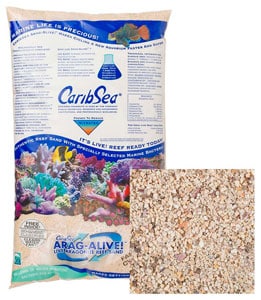For those of you lucky enough to live close to the coast the thought of just dropping by your local beach and grabbing a few bucketfuls of sand for your new aquarium could be tempting.
Although sand can seem like an expense that you could offset by getting your own there are quite a few things you need to consider to see if it is really worth the work.
Collecting sand from a clean area of a beach, thoroughly washing, and leaving to settle should make it aquarium safe. The legality and amount of unknown pollutants in beach sand make it too risky for many tank owners. Buying aquarium-specific sand is the safest way to start an aquarium.
Many people have successfully used sand from the ocean in their reef aquariums but I want to share some things you need to think about to help you decide if this is the correct route for you.
Things To Consider
Before you head down to the beach with a shovel and a couple of buckets in the back of your vehicle here are is a list of things to think about…
Legality
Many cities have bylaws preventing you from helping yourself to the sand on their beaches. Some cities that are popular tourist destinations have been known to truck in nice sand to enhance the beauty of their beaches. I’m sure they would not be too happy to find you stealing some of it.
Each city/state/province/country has individual laws concerning the taking of sand and it is something you need to look into for the area you wish to collect from.
You may find that there are no laws, you may find that some have fixed penalties and some may even have felony offenses so be sure to do your homework. Taking one bucket is one thing, loading up the bed of your pickup is something else!
Pollution
As today’s world seems to be bent on poisoning itself you can bet that it might be a tough task to find a collection location where you can harvest sand with no pollution.
Many of our cities dump into the ocean and unless you have a boat and are able to find pristine locations offshore you will be limited to collecting from the shoreline. This can be where a lot of the pollutants in the water gets pushed to.
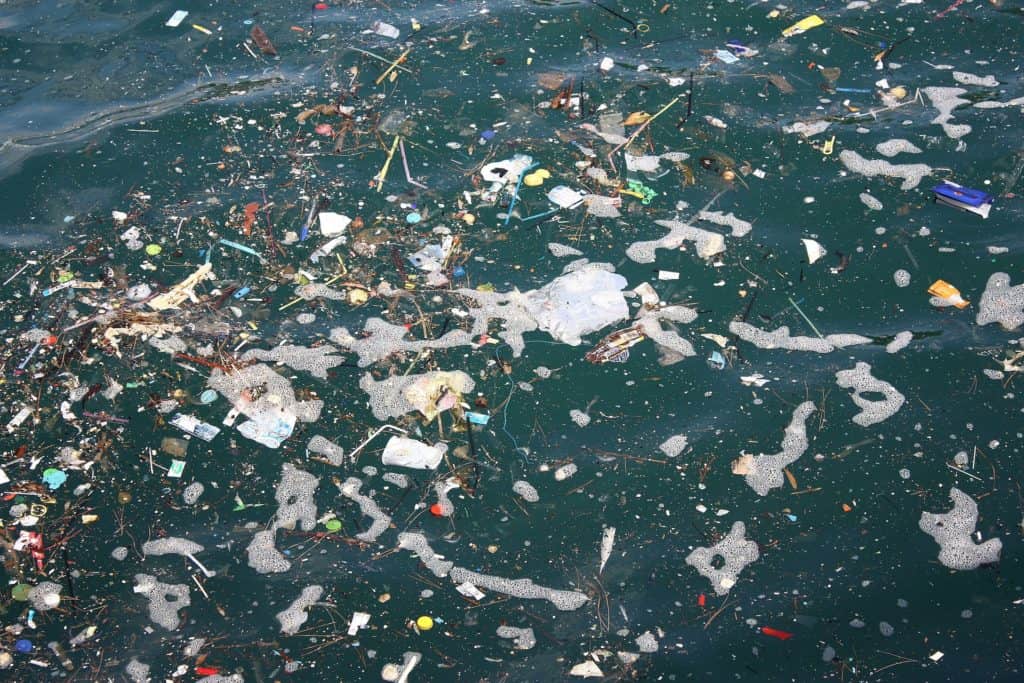
Keep an eye out for garbage, algae, discolored water, oil sheens or odors at your point of collection, but this does not guarantee the water is free from bacteria,microscopic pollutants or heavy metals, etc.
One option could be to take a sample of the water and sand from your intended collection point and have it analyzed by a lab to see if the sand is hiding any nasties.
Type Of Sand
There are two main types of sand used in the aquarium hobby. Aragonite-based and Silica-based. For saltwater aquariums, Aragonite-based is the preferred option because silicates are rocket fuel to algae.
As your aquarium matures the silicates that are present in your aquarium will fuel numerous algae blooms, now if you have a substrate that is based on silicate you can bet you will be facing heavier and longer algae blooms.
The majority of the sand on the world’s shorelines is Silica-based. Silica sand is ground up pieces of rock. Aragonite sand is mainly ground up pieces of dead coral and aquatic organism skeletons.
Grain Size
If you have seen any aquarium turned into a sandstorm this is because of the size of sand grain that was used in the aquarium. Fine grains and powerful flow can create an immense mess, especially because keeping corals requires a lot of powerful, random flow.
Fiji Pink from CaribSea is one of the most popular commercially available aquarium substrates and that grain size ranges from 0.5mm to 1.5mm. If your powerheads and wavemakers are not arranged correctly even this can get blown around – This is what I personally use too and it’s beautiful, but it takes some fiddlin’ to get the flow correct!
The majority of beach sand is of very fine grain size. Usually less than 1mm because of the constant tumbling action when in the surf. This size of grain can be very difficult to prevent from blowing around in a saltwater aquarium.
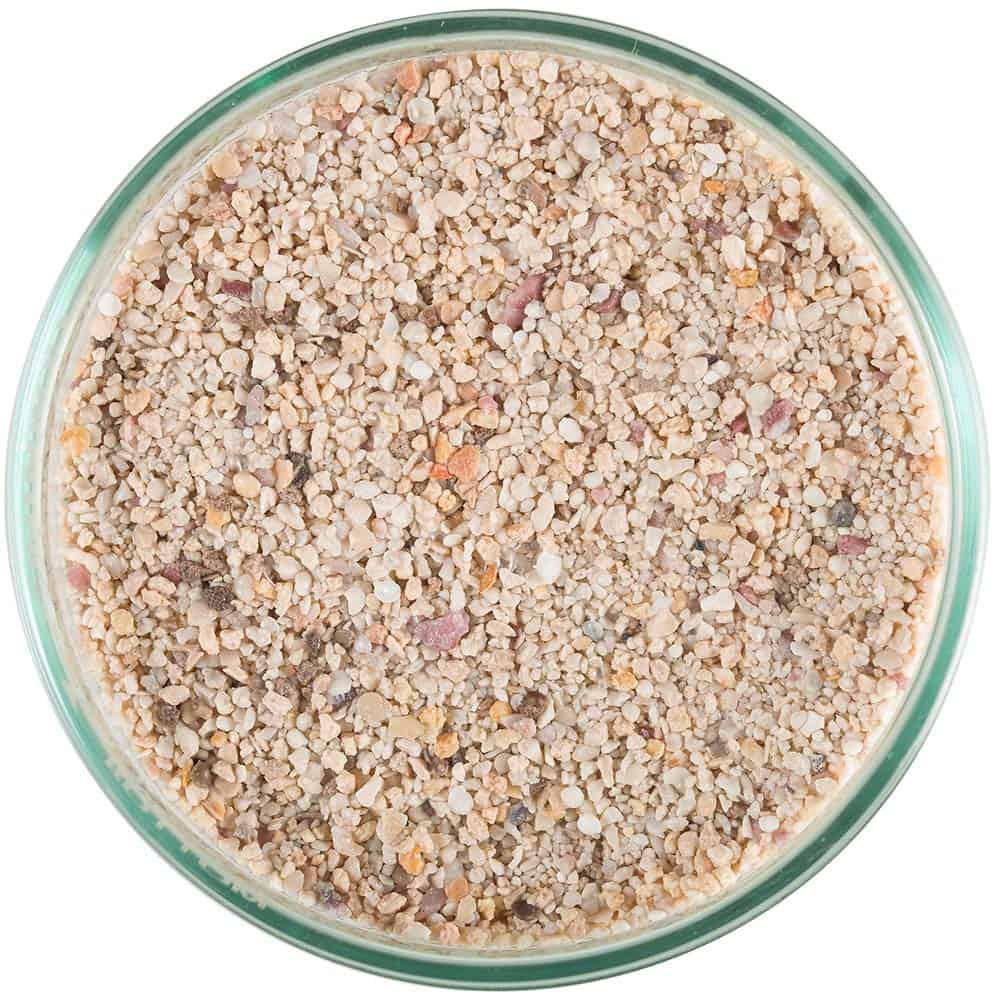
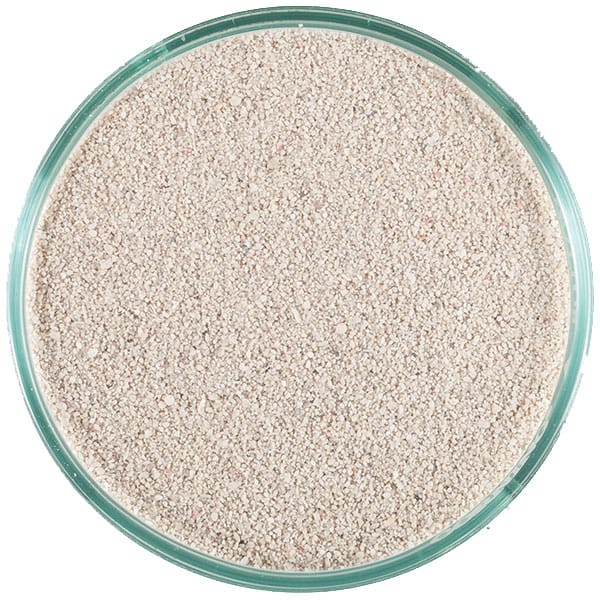
Be sure to have a look around the beach and under the water and inspect the grain size so you don’t end up sucking out all the sand from your tank in 6 months because it turns into a scene from the Mummy every day!
Collection Location
Where are you going to collect the sand from? How much do you need to collect? Are you collecting dry sand off the beach or wet sand from under the water? Is the tide in or out? How far do you need to carry your buckets?
These are some of the things to think about when you take that shovel to the coast. I made the mistake of taking my car to a local sand quarry to get some sand for my kid’s sandbox I built (It was a proud dad, bucket list moment!).
I placed two Rubbermaid’s on the ground and started shoveling. When I tried to pick one up to load it into my car I almost blew my o-ring out! Sand is fricking heavy!!! And that was dry sand!
When collecting your sand make sure you park as close as you can and maybe even have a wagon or something to help you carry those buckets. A cubic foot of wet sand can weigh up to 15lbs more than dry sand!
Transportation
So now you have your sand back at your vehicle, please get help to lift it in and out as you do not want to injure yourself! You have a lot of work still left to do with this sand and protecting your back is paramount.
A 5 gallon bucket of wet sand can weigh around 90lbs so get help. Don’t be He-Man (showing my age now!) and then get hurt!
Die-Off
The sand you collect, especially from the ocean is full of living organisms and bacteria. Once it is removed from its natural habitat these are going to begin to die.
Unless you are lucky enough to be collecting in Florida/Hawaii or similar the temperature of the water you are collecting from will not be at the 78°F-80°F that our aquariums are kept at. The organisms and bacteria will be accustomed to living in the colder ocean and may not survive in your aquarium.
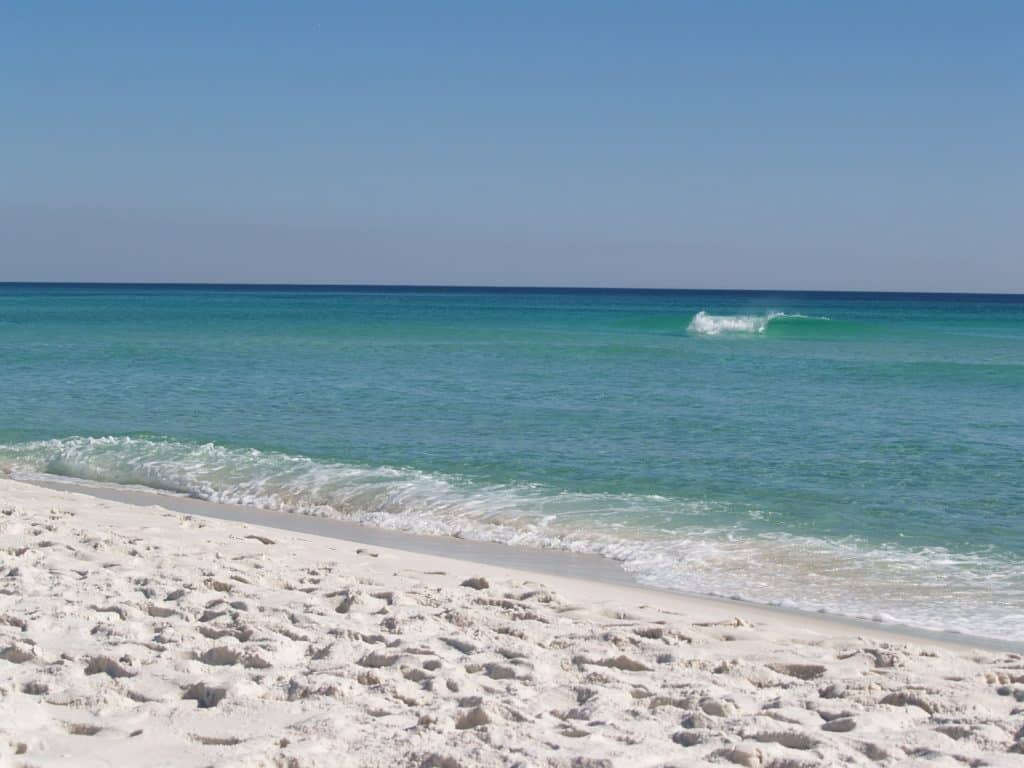
Once these organisms begin to die you will have a nitrogen cycle on your hands. This is fine providing you are aware of it, but if you plan on collecting sand, ocean water and then adding fish all in the same week I’m afraid the chances of your fish surviving may be very slim.
Washing Process
To ensure the cleanest beach sand is going into your aquarium you need to thoroughly, I mean thoroughly clean it! Forget about collecting sand full of goodness because you really have to wash it all out to give you the least amount of problems down the road.
A good tip I saw once was to get a childs pool, fill it full of sand and get washing it, however, you need to ideally wash it with RO/DI water rather than using the hose connected to a tap.
Washing it with tap water could just bind the pollutants and heavy metals in the tap water into the sand and cause you problems in the future.
Fill the pool with the sand and water and stir like crazy, remove the silty water and repeat. The more you can do this the better. It is going to take a long time as the small grains make the water cloudy real quick.
This is one of those times where more effort spent now will pay dividends in the long term. Be sure to inspect the sand for glass and debris and try and get it as clean as you can. DO NOT use any kind of soap or bleach. Just lots of RO/DI water – Bottled water in 5 gallon jugs is good for this.
How Much Are You Saving??
Collecting your own beach sand can require a tremendous amount of time and effort. If you are only going to collect 1/2 bucket full then maybe not. I wanted to show the cost in 2020 of how much your sand will cost you to fill your aquarium.
This Aquarium Sand Cost Comparison Table is Based on:-
- 2″ Deep Sand Bed
- Dry Sand – CaribSea Dry Aragonite Fiji Pink Reef Sand – 15lb bag ($29.49ea)
- Live Sand – CaribSea Arag-Alive Fiji Pink Sand – 10lb bag ($23.64ea) & 20lb bag ($38.99ea)
| Aquarium Size | Footprint | Sand Required | Dry Sand Cost $US | Live Sand Cost $US |
|---|---|---|---|---|
| 15 Gal | 24″ x 12″ | 30 lbs | $58.98 | $62.63 |
| 30 Gal | 36″ x 12″ | 45 lbs | $88.47 | $101.62 |
| 55 Gal | 48″ x 12″ | 60 lbs | $117.96 | $116.97 |
| 75 Gal | 48″ x 18″ | 90 lbs | $176.76 | $179.60 |
| 120 Gal | 48″ x 24″ | 120 lbs | $235.92 | $233.94 |
| 150 Gal | 72″ x 18″ | 135 lbs | $265.41 | $272.93 |
| 180 Gal | 72″ x 24″ | 180 lbs | $353.88 | $350.91 |
| 240 Gal | 96″ x 24″ | 240 lbs | $471.84 | $467.88 |
| 300 Gal | 96″ x 30″ | 300 lbs | $589.80 | $584.85 |
| 500 Gal | 96″ x 49″ | 490 lbs | $1002.66 | $959.40 |
The data in the table above was calculated using this awesome Sandbed Calculator from Bulk Reef Supply. If you wish to check it out for your aquarium be sure to CLICK HERE.
Cost Vs Effort
Hopefully you now have a little more understanding of what may be involved in filling your aquarium with sand. Is saving $200 of sand from the fish store worth all the effort it may take to collect your own?
Are you OK with accepting possible problems with algae or unexplainable issues in the future? If so then go grab the shovel. For me, I wanted the most sterile start to my reef aquarium so that I would not be fighting issues from day one.
I started my current reef aquarium with around 100lbs of CaribSea Arag-Alive Fiji Pink Live Sand and around 80lbs or dry rock for my aquascape. Touch wood I have had no major issues with the aquarium!

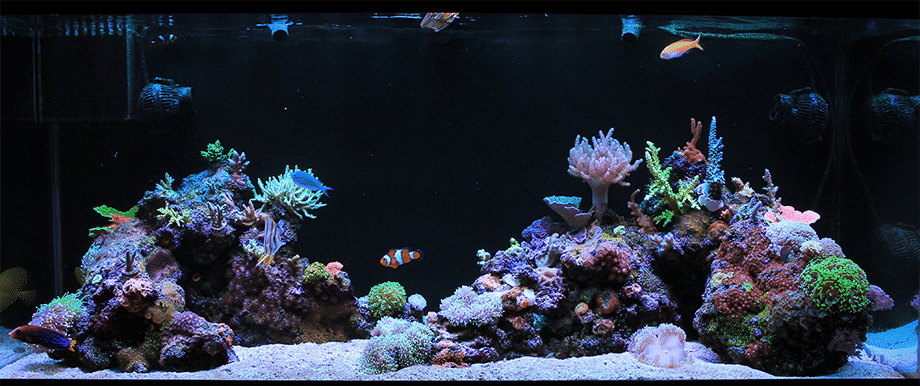
Oh and have fun transporting a good amount of sand from the beach to your home! When my son wanted a sandbox, we took my car and some Rubbermaid totes to a local sand quarry. After shoveling sand into the numerous totes I then proceeded to pick one up! I almost blew my O-ring out! Holy Moly sand is heavy, and this was dry sand!
After emptying out half of each container it took multiple trips to get enough sand. Bear this in mind if your wandering down to the beach with an empty pail – just remember you have to carry it back and it’s heavy!
To Finish
Collecting sand from the ocean my be a good option for you and providing you collect it from a clean source with larger grain sizes and wash it really, really, really well you should have no problems using it. There are many people who collect sand every year but for most, the cost of buying the commercially available sand outweighs the effort and possible problems you may face.
Further Reading
If you found this article helpful may I suggest you have a read of some of our other articles that you may also find useful:

